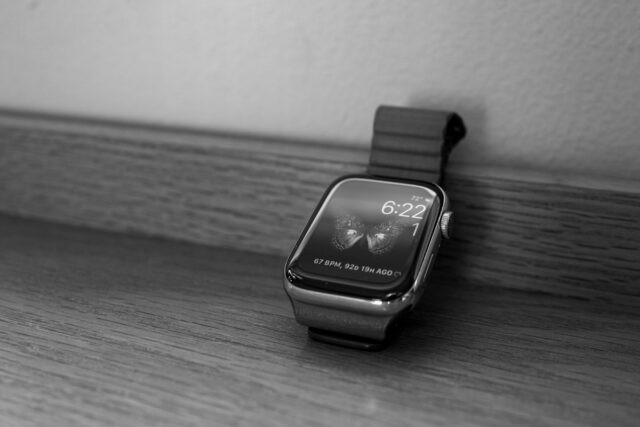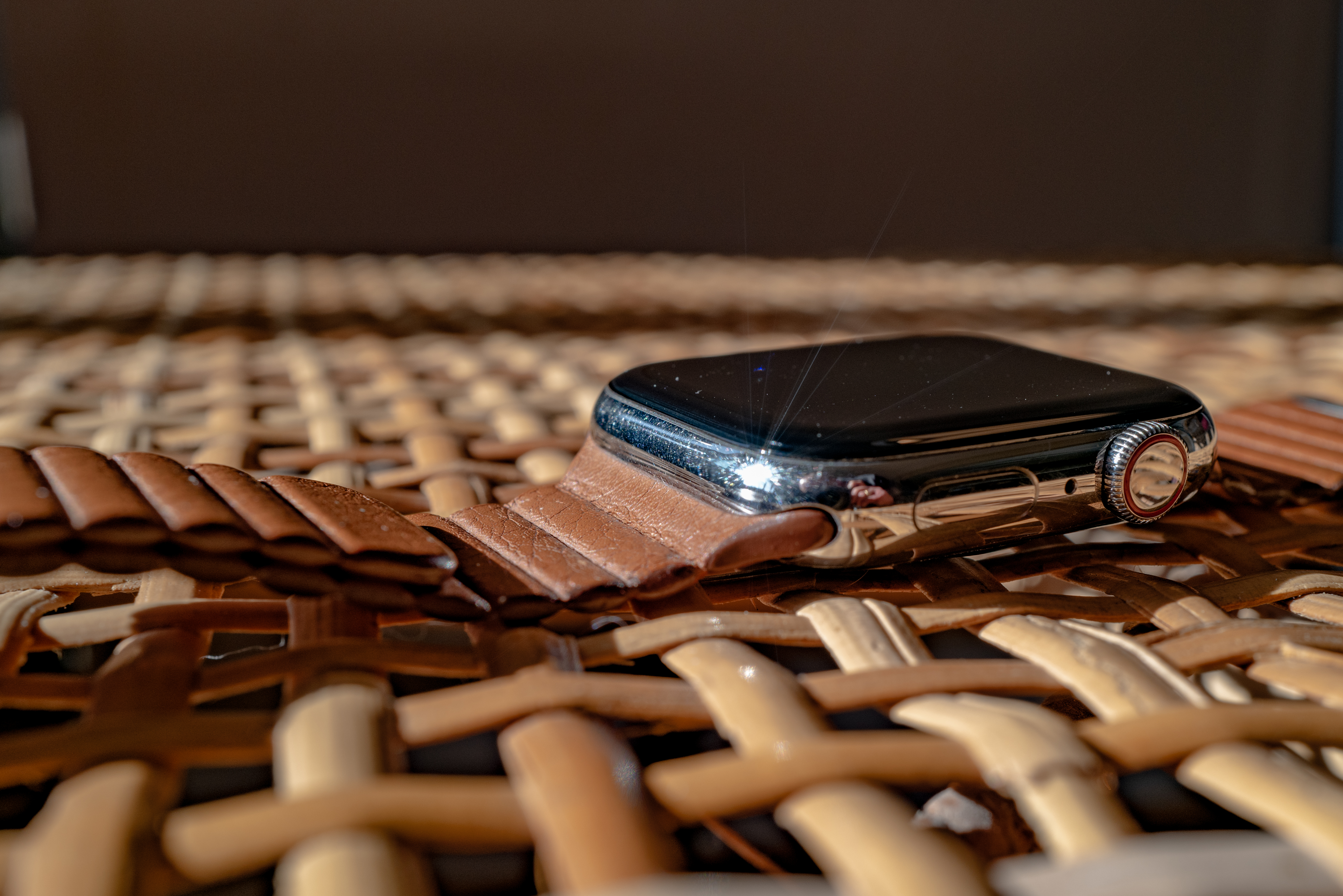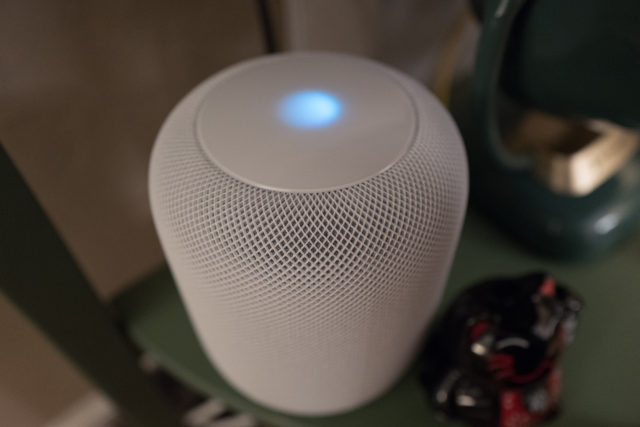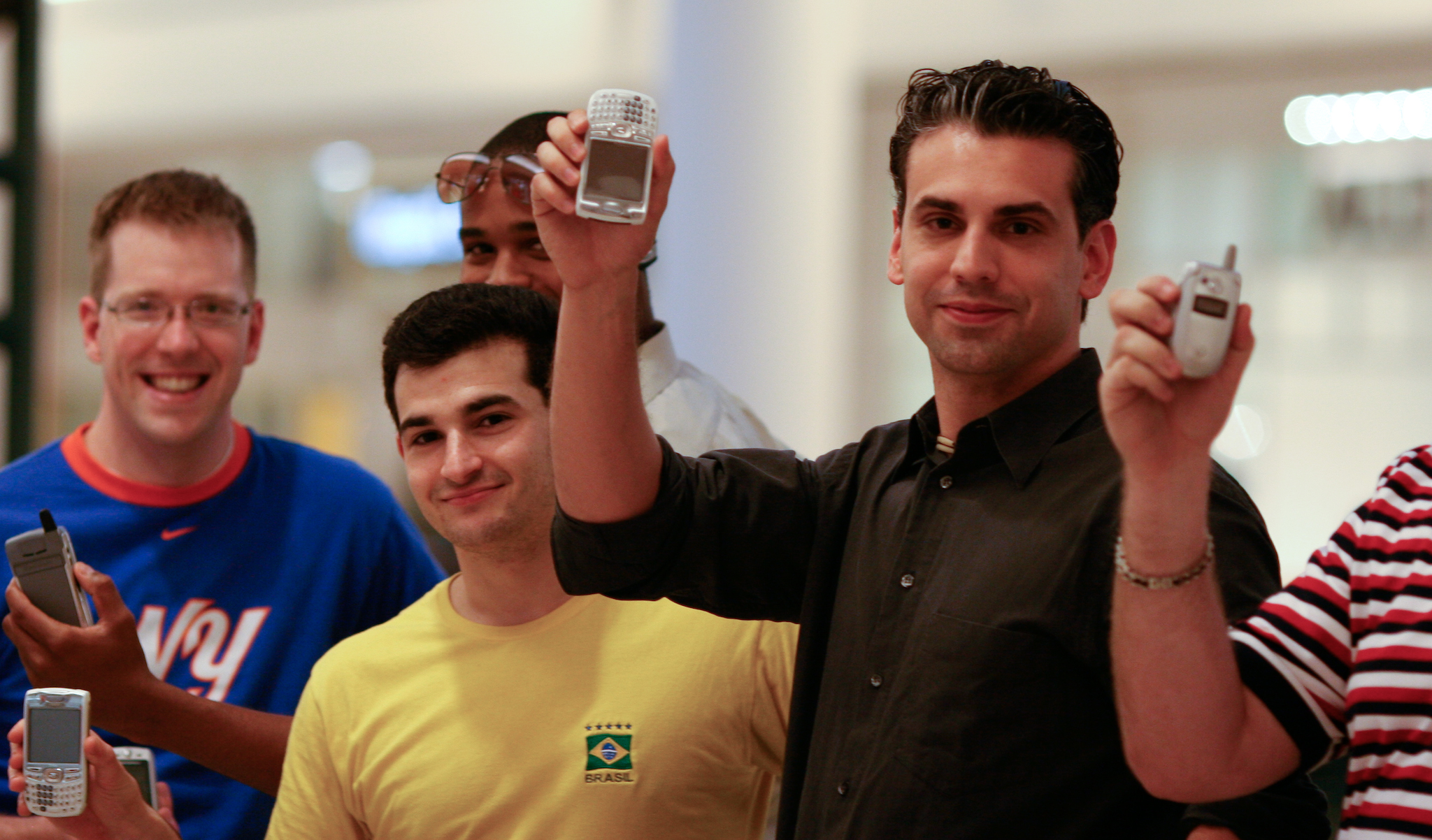I don’t believe in the multiverse, but let’s pretend for the sake of narrative. In one reality, my wife and I continue to use the iPhone 13 Pro pair purchased in early autumn 2021. In another, we upgraded to the 14 models released this year. Along another path, we bought Google Pixel 7 for her and Pro for me. But in this here and now, we are unexpected owners of Samsung Galaxy S22 and its, considerably larger, Ultra sibling.
The saga starts with an insane crisis beleaguering our daughter, where, because of incompetence and mischief, she got locked out of her iPad, iPhone, and MacBook Air—and iCloud account! About a month later, and many Apple support calls or Genius Bar visits, she has regained use of the handset and notebook; iCloud is irrevocably lost, or so seems situation as I write. Someone, and she doesn’t recall being that person, activated recovery key, which my daughter does not have. Without it, Apple Support agents continually say she cannot regain access to her iCloud identity. Ah, yeah.








